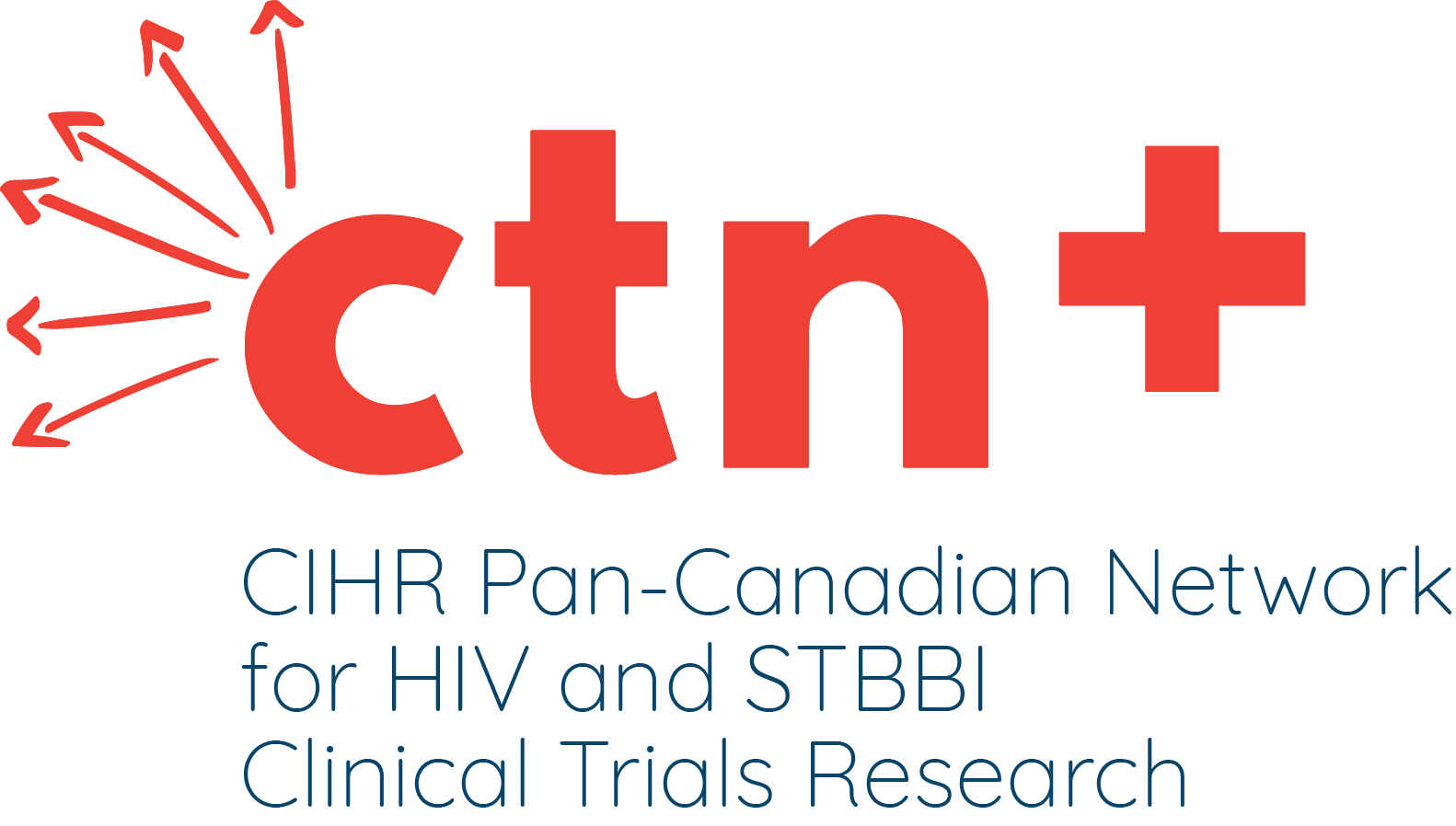About The Study
Adults with AZT-related anemia (loss of red blood cells) benefit from additional erythropoietin, or EPO (a substance producing more red blood cells), if their natural EPO levels are higher than normal, but not higher than 500 IU/L (International Units/Litre). This study aimed to define the state of EPO deficiency in children on AZT, and to determine whether the EPO cut-off point for adults could also be used for children, in order that they might benefit from additional EPO. It also studied whether hemoglobin levels could accurately predict the EPO deficiency.
Study Approach
This was an observational-style study with two main groups: children who were receiving AZT, and those who were not. These groups were subdivided into those with hemoglobin (oxygen-carrying substance in blood) levels less than 100 grams per litre and those with hemoglobin levels at 100 grams per litre or greater.
Study population
One hundred and seventy-one children were enrolled, in four Canadian centres and one in the Bahamas. Of the 152 eligible participants, there were 73 Canadian HIV-positive participants, 44 Bahamian HIV-positive participants, 24 healthy Canadian controls, and 11 Canadian controls with renal failure. Fifty-three percent were male; 77% were infected through birth, 15% through blood transfusion, and 8% through unknown causes. Maternal race was 34% white, 59% black, and 7% other or unknown.
Results
AZT-treated children had significantly higher median EPO levels at the start of the study than children who had not been treated with AZT. Average hemoglobin levels were not significantly different between the two groups. The majority of AZT-treated children had EPO levels greater than 50 IU/L, while those not on AZT tended to have levels of 50 IU/L or less. Children on AZT with hemoglobin below 100 g/L tended to be more likely to have EPO levels above 50 IU/L . The same analysis for subjects not on AZT showed no particular trend.
Conclusions
The higher levels of EPO seen in AZT-treated adults were documented in children treated with AZT. Therefore, as in adults, it is necessary to measure EPO levels in children in order to make clinical decisions about the use of EPO for anemia. Unfortunately, hemoglobin levels were limited in predicting high or low EPO levels. Given this poor correlation between EPO levels and hemoglobin, it is unlikely that the 500 IU/L cut-off point used for adults will be useful for children. However, a better understanding of AZT-related anemia in children was gained, which could contribute to better therapies in the future.
